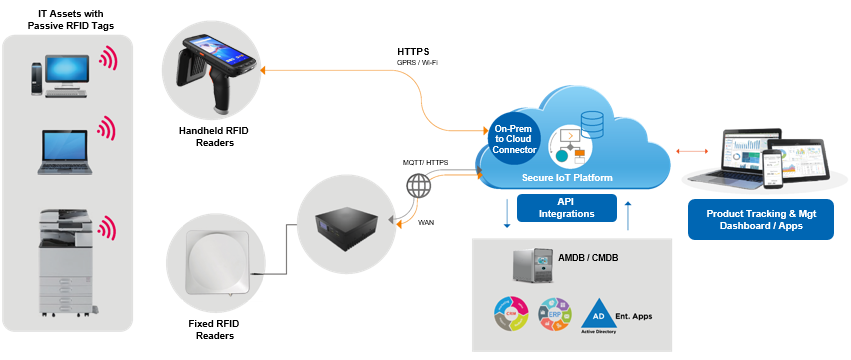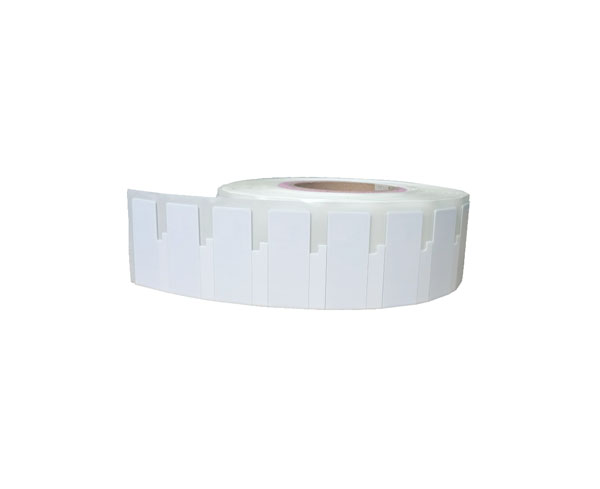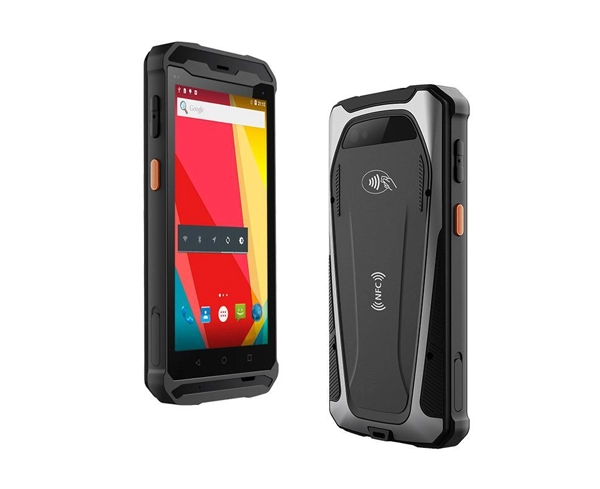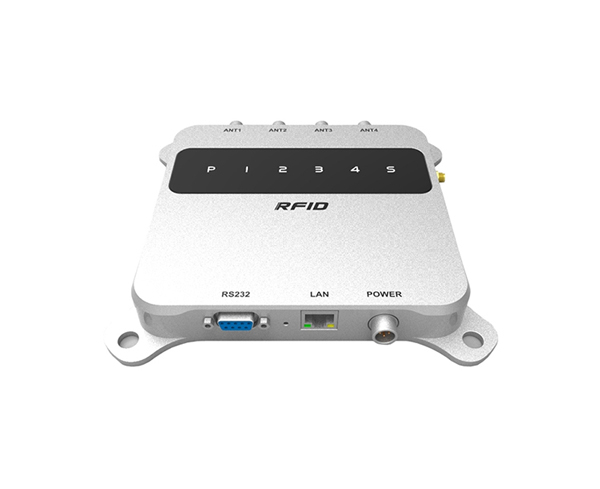If you’re like most business owners, you’re always looking for new and innovative ways to improve your productivity and streamline your operations. Tracking of assets is a major concern for every organization, regardless of its size. As an important component of the financial statement, the tracking and accountable management of fixed and movable assets are highly important. A professional RFID based asset tracking mechanism helps companies to identify each fixed and temporary in production. Items with the information like. which asset it is, where it is located, who has it, when it was checked, when it is due for return, when is the maintenance service due and the cost of the asset and depreciation and many such information pointers to drive from the asset tracking system. That’s why RFID asset tracking is such an attractive option for so many companies. RFID technology is becoming more and more popular, and for a good reason. It’s a powerful tool that can help you keep track of your assets in a way that is efficient and cost-effective.

Keep reading to learn more about RFID asset tracking and how it can benefit your business.
What is RFID Asset Tracking?
RFID stands for Radio Frequency Identification. RFID asset tracking is a system that uses RFID tags to track and manage assets. RFID tags are small devices that contain a chip and an antenna. The chip stores information about the asset, and the antenna emits a radio signal that can be read by an RFID reader.
RFID asset tracking can be used to track a wide variety of assets, including inventory, vehicles, equipment, and even people. The potential applications of RFID asset tracking are virtually endless!
In its simplest form, RFID IoT asset tracking allows you to automate the management and to locate processes of your assets. By affixing RFID tags to your assets, you can keep track of them without having to physically check on their location or manually enter data into a system. This can save you a significant amount of time and money in the long run.
RFID asset tracking is also an excellent solution for businesses that need to track assets in harsh or remote environments. RFID asset tags are rugged and durable, and they don’t require line-of-sight to be read, which means they can be used in virtually any environment.
How does RFID Asset Tracking Work?
RFID asset tracking systems typically consist of three components:
- RFID tags
- RFID readers
- Software
RFID Tags:
RFID tags are small devices that are affixed to assets. RFID tags contain a chip and an antenna. The chip stores information about the asset, and the antenna emits a radio signal that can be read by an RFID reader.
RFID Readers:
RFID readers are devices that emit radio waves and receive signals from RFID tags. RFID readers come in a variety of shapes and sizes, and they can be handheld or fixed.
The read range varies depending on the type of chips and readers. It can be short for high-frequency RFID to across 30 feet for ultra-high frequency (UHF) RFID. The type of tag and reader must be carefully selected with consideration for the asset and type of reading distance it needs to be scanned.
RFID Software:
What is asset tracking software? RFID software is used to collect data from RFID asset tags and store it in a central database. This data can then be used to track the location of assets, monitor asset utilization, and generate valuable insights about your business operations.
Most asset tracking software applications are web-based, which means they can be accessed from any internet-connected device. This makes it easy for businesses to track their assets from anywhere in the world.
Asset tracking software typically includes the following features:
Asset management: Asset management is the process of tracking and managing assets throughout their lifecycle. This includes keeping track of asset locations, monitoring asset utilization, and maintaining asset records.
Reporting and analytics: Reporting and analytics features allow businesses to generate valuable insights about their asset tracking data. This data can be used to improve asset utilization, optimize business operations, and make better decisions about where to allocate resources.
GPS tracking: GPS tracking is a feature that allows businesses to track the location of their assets in real-time. This information can be used to monitor asset utilization, track the movement of inventory, and locate lost or stolen assets.
Geofencing: Geofencing is a feature that allows businesses to create virtual boundaries around specific locations. This information can be used to trigger alerts when assets move into or out of a particular area.
Most RFID asset tracking systems use passive RFID tags. Passive RFID tags are less expensive than active RFID tags, and they have a shorter read range. However, their shorter read range is typically not an issue for asset tracking applications because assets are usually only required to be tracked within a certain area, such as a warehouse or a store.
To track an asset, the RFID tag is affixed to the asset, and the asset is then placed within the range of an RFID reader. When the RFID tag comes within range of the RFID reader, the reader will emit a radio signal that activates the tag. The tag will then transmit its information to the reader, which will be stored in a central database. This process can be repeated as often as necessary to track the asset’s location in real-time.
The software is used to store and manage the data collected by the RFID tags and readers. It is important to note that RFID asset tracking systems do not require a line of sight to work. This means that you can track your assets even if they are hidden from view. For instance, if you are tracking inventory in a warehouse, the RFID tags can be placed on the shelves, and the RFID readers can be placed at the entrance to the warehouse. The data collected by the system can then be used to track the movement of inventory in and out of the warehouse.
RFID asset tracking systems are highly customizable and can be tailored to meet the specific needs of your business. For instance, you can choose to have fixed or handheld RFID readers, depending on your asset tracking needs. You can also add GPS capabilities to your RFID asset tags, which will allow you to track the location of your assets in real-time.
How Does RFID Asset Tracking Benefit Your Business?
RFID asset tracking provides many benefits that can be extremely valuable to your business. Here are just a few of the ways RFID asset tracking can benefit your business:
Improve asset utilization
When it comes to asset utilization, RFID asset tracking can help you get the most out of your assets by providing you with real-time visibility into their location and usage. This information can be used to optimize your asset utilization and ensure that your assets are being used as efficiently as possible.
Reduce operational costs
Operational costs are always a concern for businesses, and RFID asset tracking can help you reduce these costs in several ways. First, RFID asset tracking can help you reduce the need for manual asset tracking. This can lead to a reduction in labor costs and an increase in efficiency. Additionally, RFID asset tracking can help you avoid losses due to lost or stolen assets.
Increase security
Security is always a top priority for businesses, and RFID asset tracking can help you improve the security of your assets. By providing real-time visibility into the location of your assets, you can quickly identify when an asset has gone missing and take steps to recover it. Additionally, by adding GPS capabilities to your RFID tags, you can track the movement of your assets and ensure that they are not being used without your permission.
Enhance customer service
Customer service is another area where RFID asset tracking can benefit your business. By providing you with real-time visibility into the location of your assets, you can quickly and easily locate items that your customers are looking for. Additionally, RFID asset tracking can help you avoid out-of-stocks and ensure that your shelves are always stocked with the products your customers need.
Improve inventory management
Inventory management is a critical part of any business, and RFID asset tracking can help you improve your inventory management processes. By providing real-time visibility into the location and status of your inventory, you can avoid stockouts and ensure that your shelves are always stocked with the products your customers need. Additionally, RFID asset tracking can help you streamline your order picking processes and reduce the amount of time it takes to fulfill customer orders.
Collect data in real-time
Another benefit of RFID asset tracking is that it allows you to collect data in real-time. This information can be used to improve asset utilization, optimize business operations, and make better decisions about where to allocate resources. Additionally, this data can be used to generate valuable insights about your customers and their shopping habits.
RFID asset tracking provides many benefits that can be extremely valuable to your business. By providing real-time visibility into the location and status of your assets, you can improve asset utilization, reduce operational costs, increase security, enhance customer service, and improve inventory management. If you are looking for a way to improve the efficiency of your business, RFID asset tracking may be the perfect solution. To learn more about RFID asset tracking or to find out how it can benefit your business, contact us today. We would be happy to answer any questions you may have.


